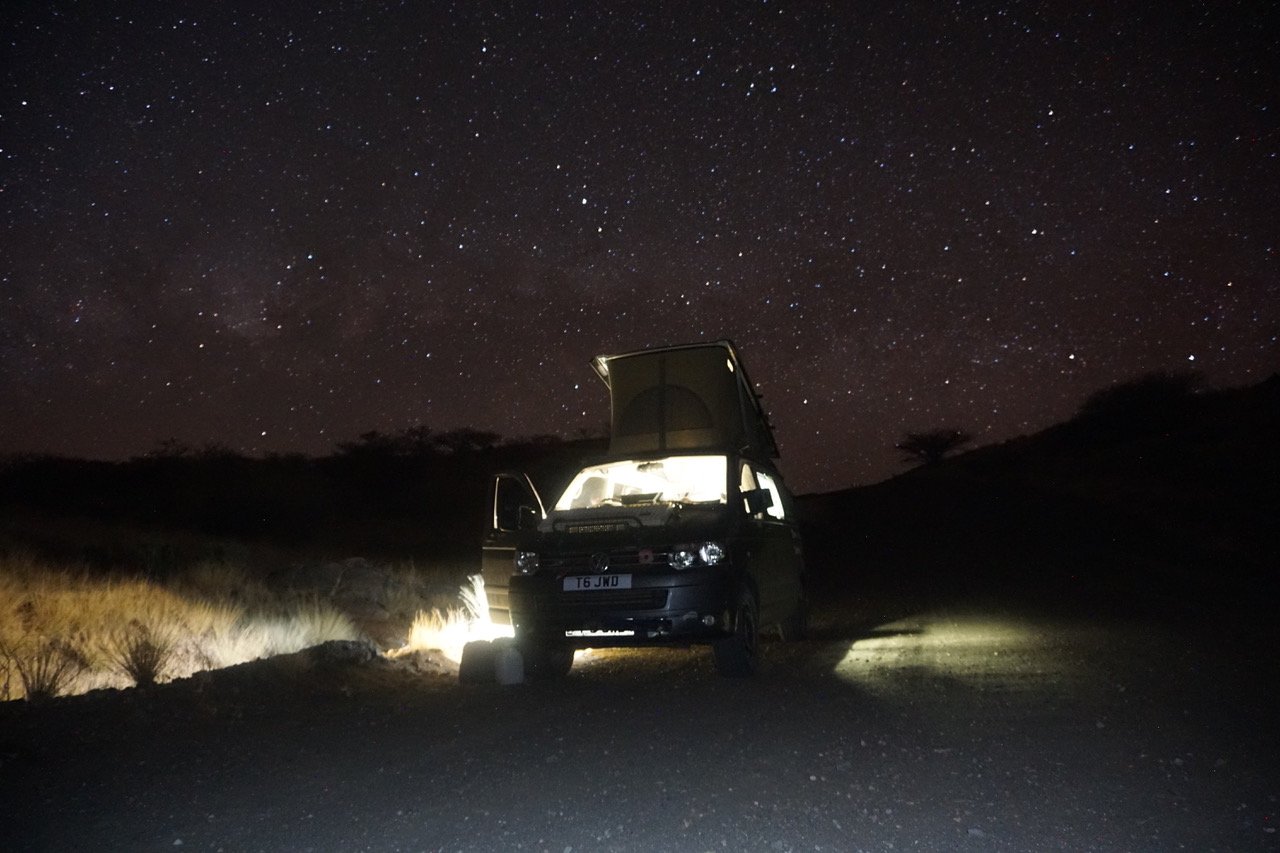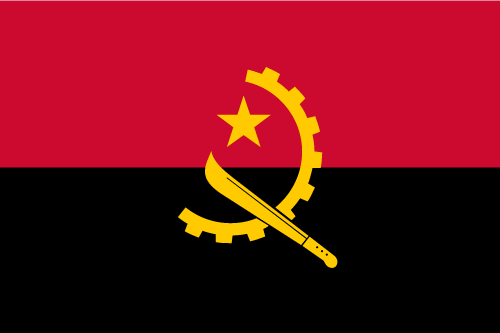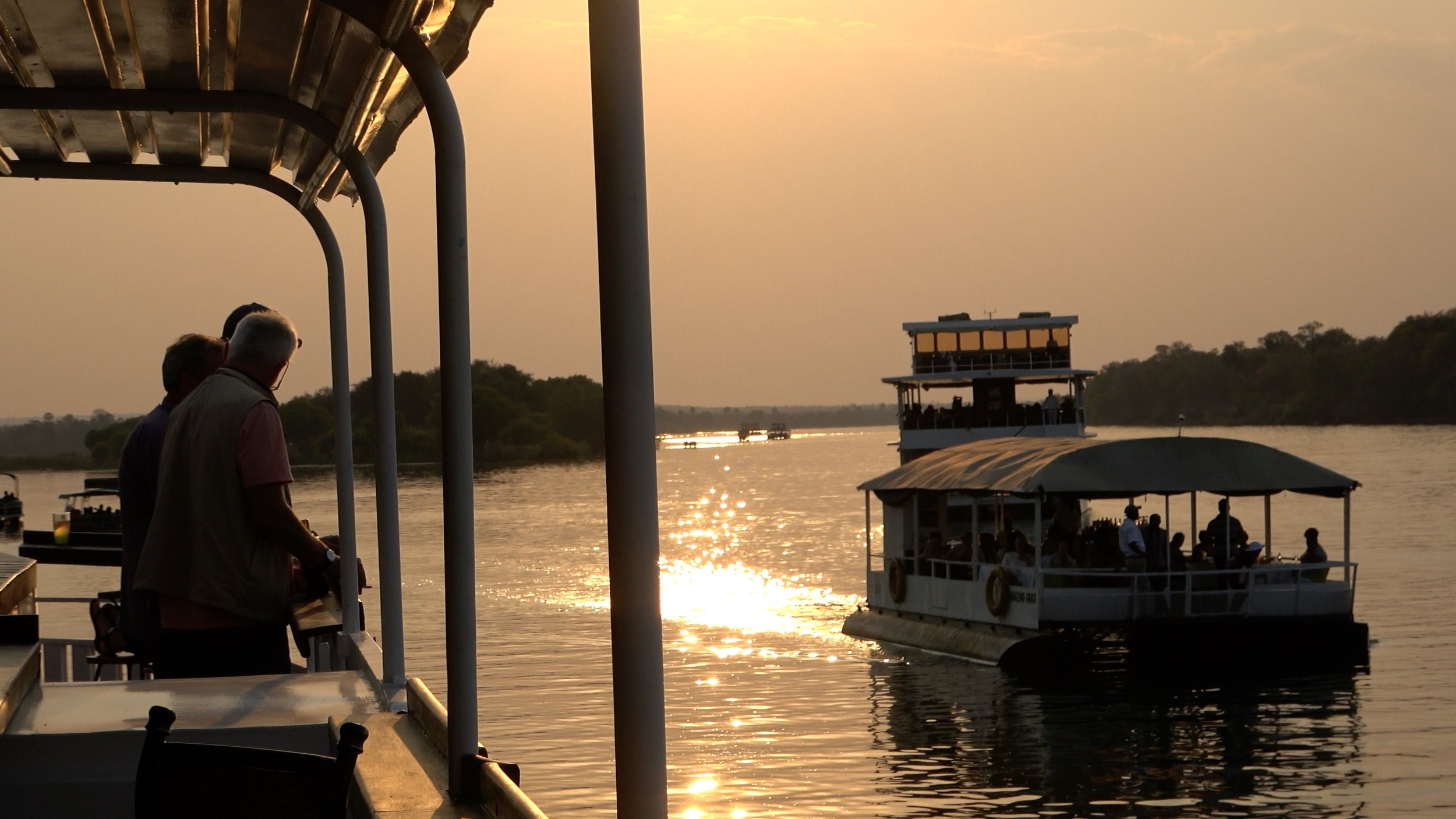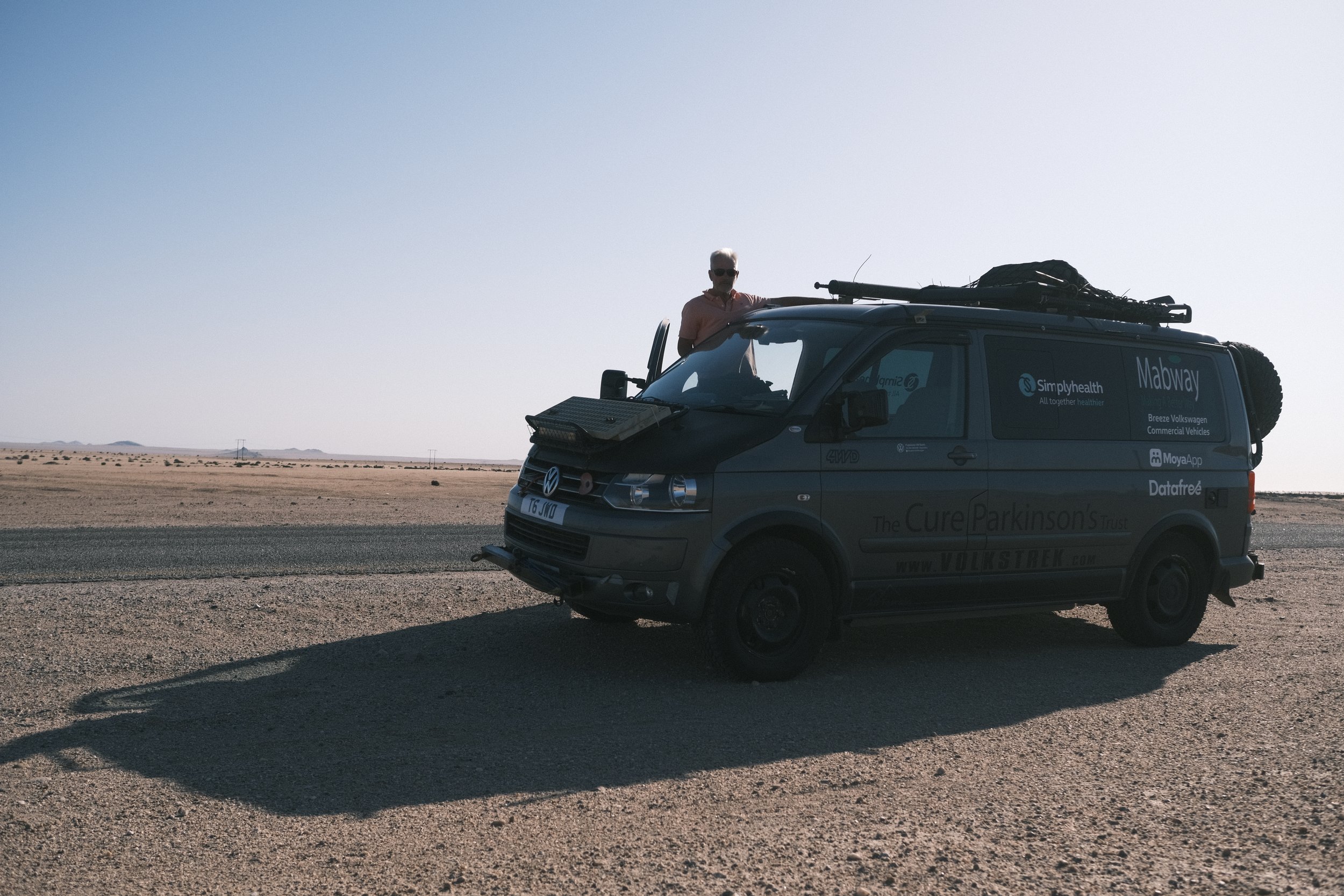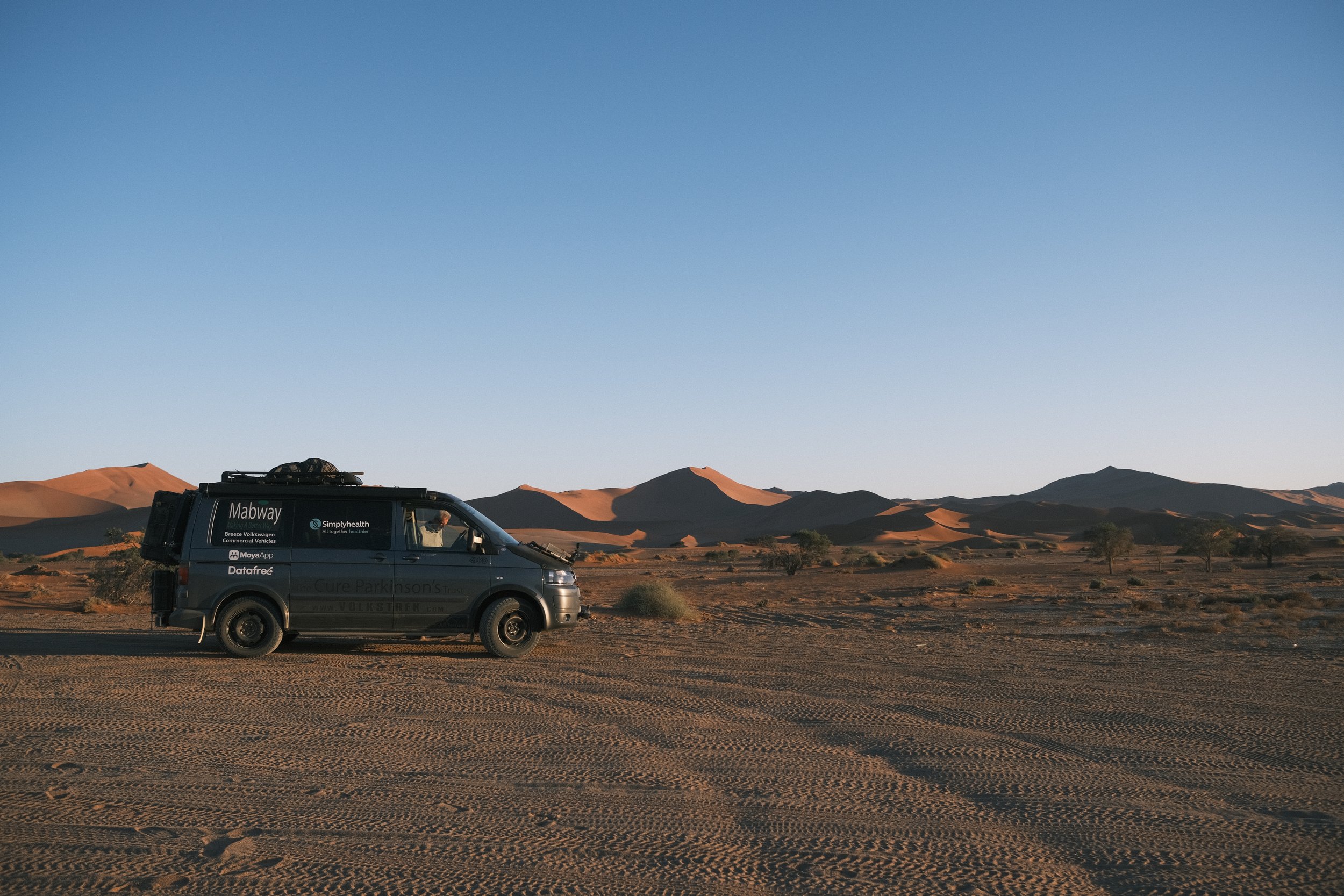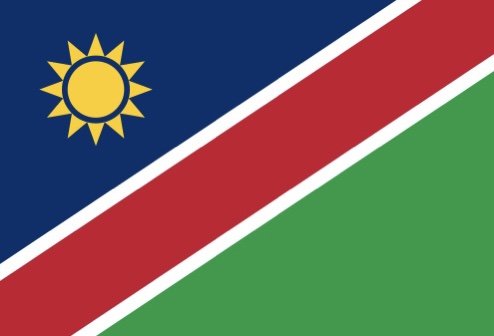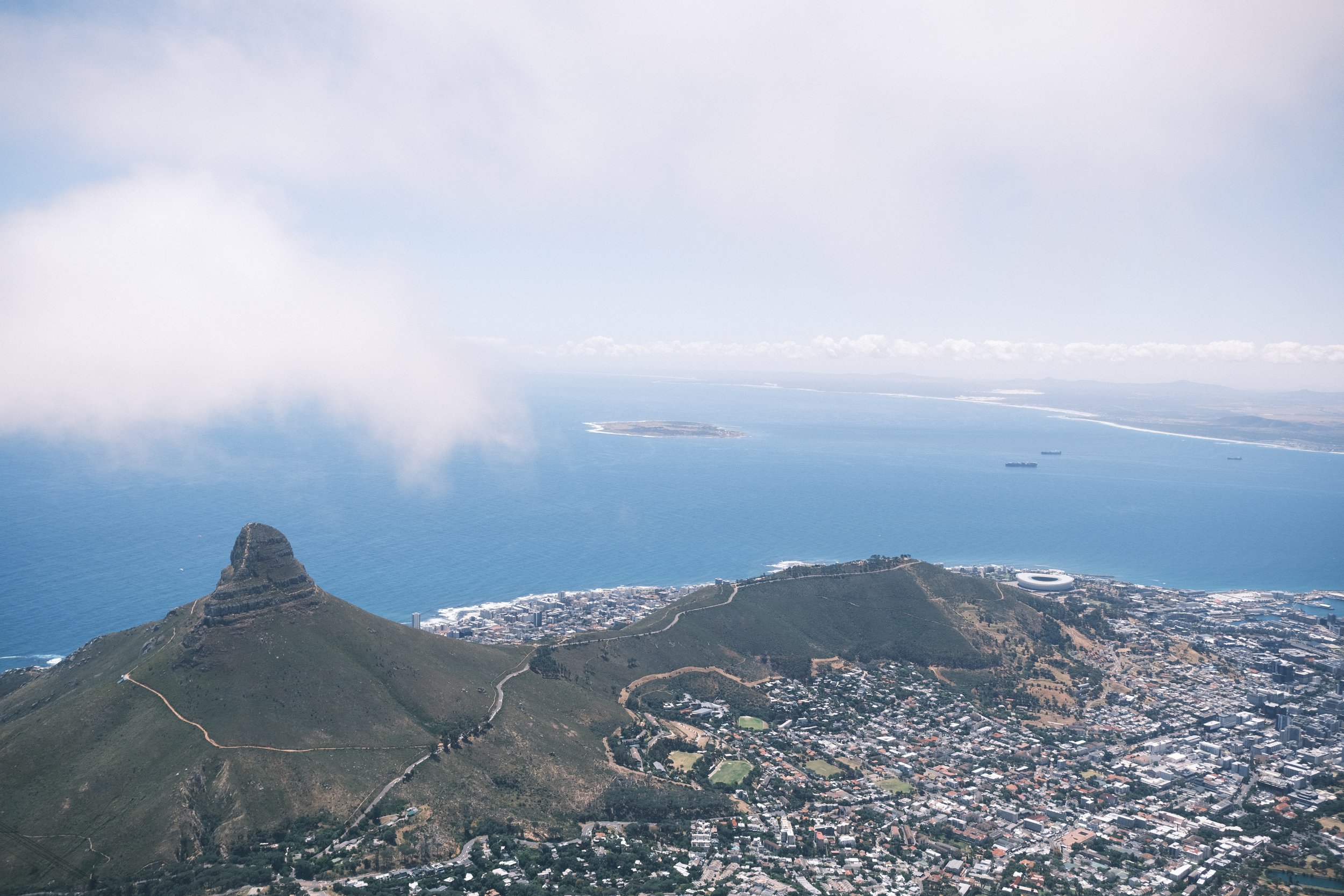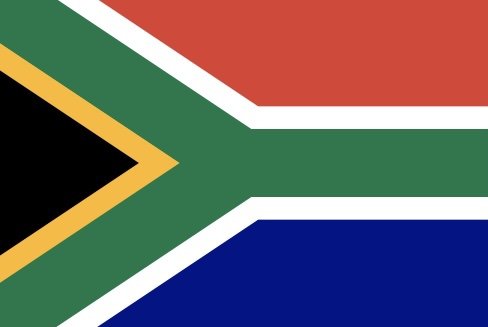
SOUTHERN AFRICA
Angola - Zambia - Namibia - South Africa
The Southern Africa region is quite different from the rest of Africa. It is largely savanna and/or desert, and the countries are much larger in size and they seem to be more advanced than those countries further north. The geomorphology and climate differences to a certain extent explain these differences, with indigenous populations less dense. These countries do not have the benefit of annual rains and lush vegetation to support a higher population, so hunter gathering lifestyles needed greater areas to support them. Furthermore, recent history, particularly colonisation, came later here than in west Africa and with colonisation occurring across larger areas, in contrast to the smaller bite sized areas acquired by European powers in the centuries before. All of these factors have created a very different environment. Distances are vast and because development was based on mineral extraction or farming, rather than trade cities, they are relatively new, with a far greater number of inhabitants descended from colonial occupiers. The relative lack of disease and the production of good food in large quantities makes southern Africa an easier place to live. The infrastructure is good and there are strong links to Europe.
From Guy’s perspective, this was for the most part good news as it meant that the countries were more open to tourism and offered more comprehensive support networks and services for visitors. The downside, initially at least, was that Guy had become used to travelling alone among local African communities, and initially the trappings of tourism, indeed other tourists themselves, felt completely alien. But adjusting to the reality that he too was a tourist, Guy found Southern Africa to be a beautiful and enjoyable place with which to be ending his long and varied trip.
Angola
Guy entered Angola from the DRC via Matadi, the only place where it is possible to cross the Congo river. The border with Angola was on the southern edge of the town and despite being unsure that he would be able to enter with his single entry visa, Guy found himself smoothly entering the machinery of Angolan immigration. Surprisingly efficient and quick, he was in Angola within 30 minutes. However, he was having problems with his vehicle so to avoid damaging it further, he found a lorry to transport him down to Luanda where he would seek mechanical assistance.
The first half of the route from Matadi to Luanda is extremely rough, meaning that the lorry only covered about 50 kms on the first day. But roads improved as the capital drew closer. After three days, Guy arrived at The British Embassy where he planned to stay. His visa was due to expire imminently, so he had already decided to fly to Zambia where he had an opportunity to meet up with his daughter and to get his visa renewed. He delivered his wagon to Sami, a first-class mechanic, who diagnosed the problem and the need for a new part (which was not available in Angola and therefore had to be sourced from the UK). Therefore with time on his hands, a trip to Zambia was a good option.
After Zambia (country description to follow), Guy was joined by a friend, Mark Ashley-Miller, for the onward leg of his journey from Luanda to Namibia. When the plan was hatched, Angola had appeared to be potentially the biggest challenge and quite daunting. But as it turned out, this wasn’t the case at all and Angola proved to be one of the best countries Guy visited. There are very few people in the south of Angola and the countryside is stunning. Their route took them from Luanda via Lobito to Labango and then the border crossing south of Onjiva. Gravel roads dominate and the coastal road provides excellent places to stay and camp and beautiful bays for swimming. Southern Angola suffered a lot during the civil war. But when Guy and Mark met up with a man called Ruben who insisted that they come and stay so that he could show them around Labango, he went to great lengths to explain just how far Angola has progressed since the civil war. He was right. Angola proved to be one of the biggest surprises of the journey with extremely friendly people, good infrastructure and some memorable experiences. It was neither expensive nor dangerous. But limited by short-term visas, Guy and Mark did not manage to explore as extensively as they would have liked, and all too soon they were having to head to the border.
Zambia
Guy had always planned to visit Zambia to interview Guy Scott, the ex-Deputy President who lives with Parkinson’s. But with his daughter planning to fly out, he chose to make a holiday of the experience spending two weeks with his daughter, Millie, and a friend, and a further two weeks exploring the country on his own. Zambia proved just the break that Guy needed as he had not appreciated just how run down he was from the stress and troubles of Gabon and Central Africa. In fact, he arrived with malaria and was scooped up by Angus Mackie and his wife Caroline, who cared for him when it was most needed. He remains indebted to them for their kindness. They also reviewed his proposed itinerary and re-arranged it entirely so as to ensure that he had sufficient time at places such as Livingstone, Victoria Falls and the Lower Zambesi Game Reserve.
Namibia
Namibia has a very strong reputation as a tourist and adventure destination and this was a place that Guy had been look forward to visiting since Senegal. But frustratingly because Guy’s wagon was not functioning at its full capability, he had to avoid the most challenging and interesting places, instead finding himself following well-trodden tourist routes. Having been alone for much of the journey, and now surrounded by tourists and their white pick ups, initially he was horrified. However, Namibia being an English speaking country where VWs are common, it proved a very good place to get his wagon fixed. The first few days of his stay were spent going from VW garage to VW garage, and the people he met could not have been more helpful.
At this point, Mark returned to the UK, to be replaced by Rob, who was continuing to capture the trip on film. As the two of them progressed further and further south, so Namibia got better and better with vast vistas, extraordinary scenery, quirky Germanic history and remarkably friendly people. In one of the largest countries in Africa, much of their time was spent travelling on gravel roads where the vehicle performed brilliantly. When they finally reached the border with South Africa, Guy’s impression of Namibia had been fully restored and positive. It is a country full of gifts and surprises for the traveller, simply waiting to be discovered.
South Africa
With Rob doing much of the driving, Guy found that they were travelling through the Eastern Cape far more quickly than expected, and Cape Town was on the horizon before they knew it. Although there were various opportunities that Guy had considered doing while in South Africa, when he posed the question, ‘what would I do if I was by myself?’, the simple answer was to get to Cape Town as quickly as possible before anything else could go wrong. On this basis, they found themselves completing the journey slightly ahead of time, arriving in Cape Town with no fanfare but nevertheless with a deep sense of satisfaction to have completed the journey.
There is no doubting Cape Town’s reputation as an attractive and dynamic city. But the chasm between this cosmopolitan city’s lifestyle and the Africa that Guy had driven through was something so extreme as to leave him feeling somewhat bewildered. Guy and Rob also spent some time at Cape Aguihas, a two and a half hour drive from Cape Town and the most southerly point of this extraordinary continent. Rob then returned to the UK, leaving Guy sufficient time to fly up to Durban to fulfil one of his lifelong ambitions to visit Spion Kop and Rorks Drift, both places that are etched into the history of Britain’s involvement with South Africa. With a relatively short amount of time left in Cape Town, Guy set about doing some final administration to make arrangements with a shipping agent to get his vehicle repatriated back to the UK, while also appearing on a number of local media channels. On 7th December 2022, he drove his wagon for the final time in Africa, dropping it over to Duncan Johnson, he handed over the keys and then took a taxi to the airport for his return flight home.

